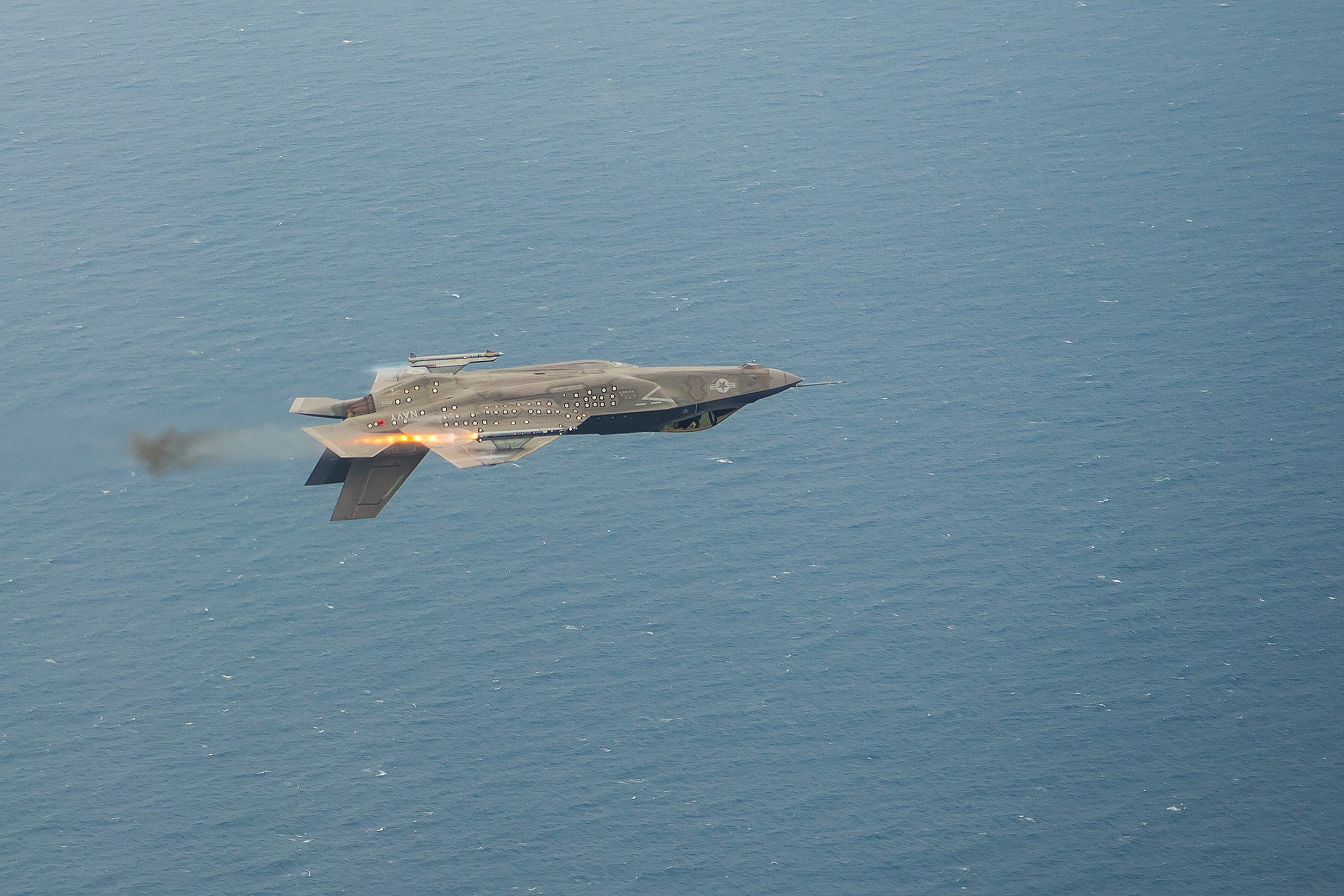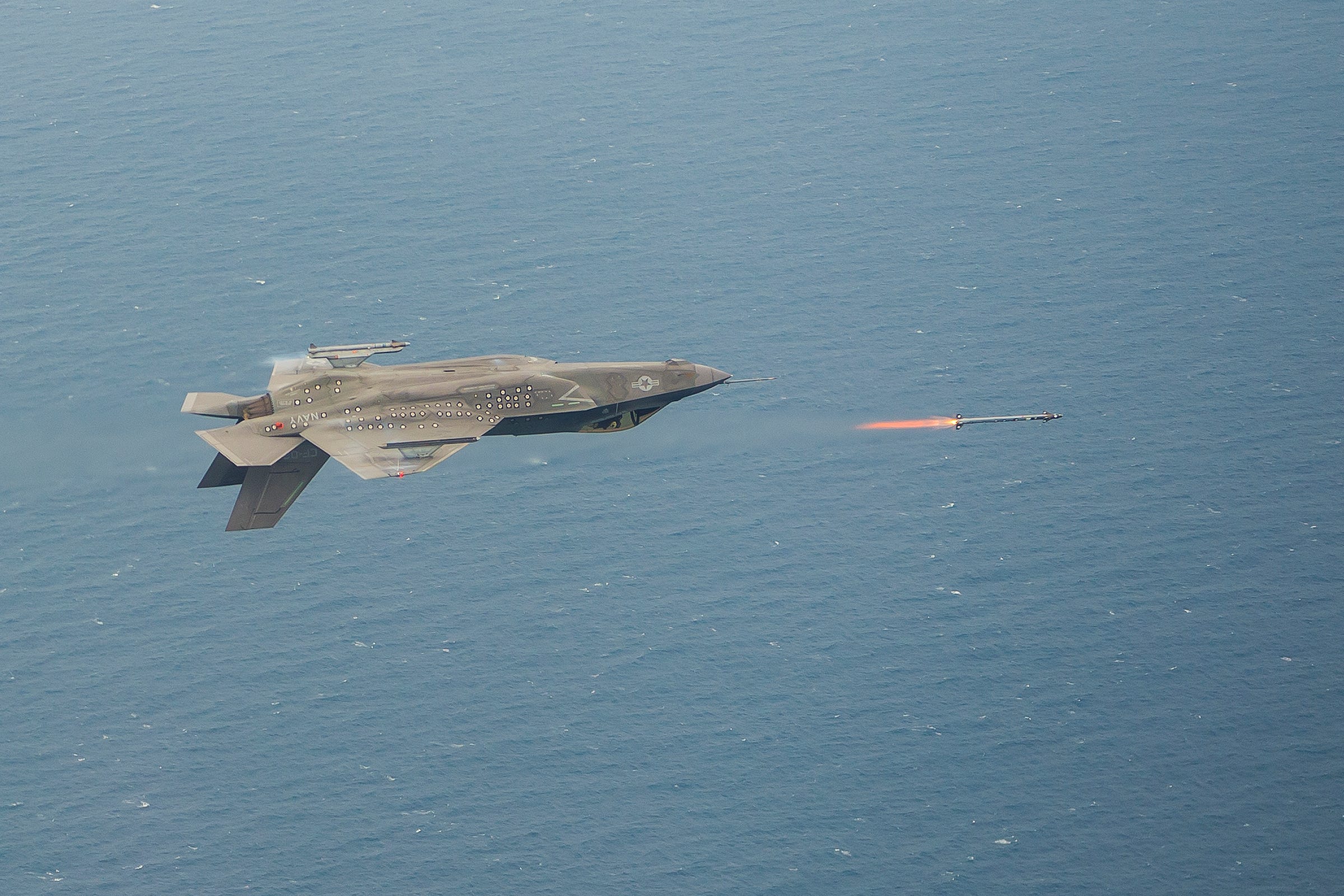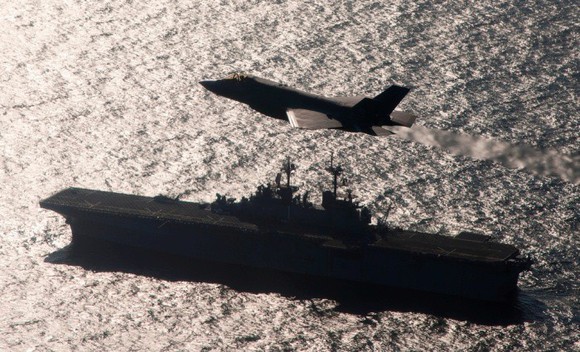Air Force Accelerates F-35 "Threat Library" to ID Russian & Chinese Stealth Aircraft
The Air Force is accelerating development of a special, high-tech, on-board threat library for the F-35 designed to precisely identify enemy aircraft operating in different high-risk areas around the globe - such as a Chinese J-20 stealth fighter or Russian T-50 PAK FA 5th Gen fighter, service leaders said.
Described as the brains of the airplane, the "mission data files" are extensive on-board data systems compiling information on geography, air space and potential threats in areas where the F-35 might be expected to perform combat operations, Air Force officials explained.
"Mission data files are the key that unlocks the F-35," Brig. Gen. Scott Pleus, Director of the F-35 Integration Office said.
Consisting of hardware and software, the mission data files are essentially a database of known threats and friendly aircraft in specific parts of the world. The files are being worked on at a reprogramming laboratory at Eglin Air Force Base, Fla., Air Force officials said. The mission data files are designed to work with the aircraft's Radar Warning Receiver engineered to find and identify approaching enemy threats and incoming hostile fire.
Pleus said the service is working vigorously to speed up development and integration of new software engineered to widen the threat envelope of the mission data files to enable the now operational F-35 to better identify specific enemy threats.
While progress at the Eglin laboratory has been steady, the integration of the mission data files for the F-35 have experienced some delays, prompting the current effort to quicken the pace so that the operational aircraft has the most extensive threat library possible. The first increments of the technology will be integrated for training F-35s, Pleus explained.
"If there is nothing in the library, the F-35 will not know exactly what the threat will be," he said.
The mission data packages are loaded with a wide range of information to include commercial airliner information and specifics on Russian and Chinese fighter jets. For example, the mission data system would enable a pilot to quickly identify a Russian MiG-29 if it were detected by the F-35’s sensors.
The mission data files are being engineered to adjust to new threat and intelligence information as it emerges.
Overall, the Air Force is developing 12 different mission data files for 12 different geographic areas, Air Force officials said.
OODA Loop
The idea with having an advanced threat library is to enable F-35 pilots to see and destroy enemies in the air, well in advance of a potential dogfight scenario.
This can be explained in terms of a well-known Air Force strategic concept pioneered years ago by air theorist and pilot Col. John Boyd, referred to as the "OODA Loop," --- for observe, orient, decide and act. The concept is to complete this process quickly and make fast decisions while in an air-to-air dogfight -- in order to get inside the enemy's decision cycle, properly anticipate, and destroy an enemy before they can destroy you.
The F-35 is designed with long-range sensors and data fusion technologies such that, as a fifth-generation aircraft, it can complete the OODA Loop much more quickly than potential adversaries, F-35 advocates claim.
http://www.scout.com/military/warrior/story/1780516-f-35-will-id-chinese-j-20-russian-pak-50








